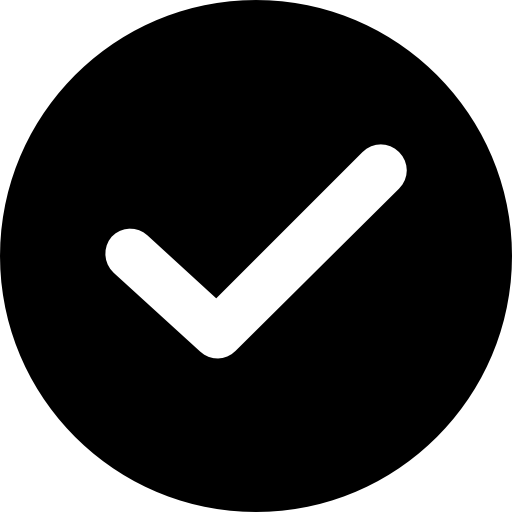Order Tracking
How might we provide customers with accurate and timely information so that they can feel confident and plan for delivery?
Role
Lead Designer
Collaborators
Supply Chain, Customer Service
Outcome
23% Reduction in order tracking call volume
Timeline
12 weeks
The Problem
Approximately 37% of all calls to our call center, around 90,000 ($315,000), were related to order tracking.
The order tracking experience was limited to five simple statuses, resulting in a lack of clarity for customers.
The Process
Discovery Audit
Audited the current experience and referenced the competitive landscape to identify a design strategy and rolling handoff design cycle. This consisted of three major milestones, including order tracking, email enhancements, and additional features such as guest order tracking and delivery instructions.
Back-end Infrastructure
Mapped the complete back-end infrastructure from order placement to delivery, highlighting how evolving warehouse systems and varying inventory across Staples' multiple warehouses impacted the customer experience, especially for multi-item shipments.
Discovery Interviews
Interviewed 5 users who have placed orders within the past week to understand how they go about their order-tracking journey.
Customers tend to track their order when it is of high value, urgent, for their business, delayed or from a place they do not normally buy from.
When do customers track packages?
When communicating with customers, they prefer to be overcommunicated as they can choose what they want to read.
What information do customers like?
When tracking orders, customers track via all available forms, such as through email, the site directly or the shipping carrier sites.
How do customers track packages?
who is responsible for shipping?
When things go wrong, they want to deal with the company they bought the item from, not the carrier.
How do Customers like to be contacted?
Customers prefer emails over text messages, as lately, texts have become suspicious.
What do customers expect from us?
Customers expect that when things go wrong that we do everything to help correct the situation.
Usability Testing
Tested with 6 usertesters to get an understand of how they understand the multi-shipment order tracking page with no context.
Were able to identify the status, the product and expected delivery date withpout being prompted.
100%
The average score on a scale of 1 to 7 on how simple the page was to understand.
5.66
Overall, testers were able to identify important information quickly, but really needed clariy of statuses and more carefully written content.
The Solution
The Solution
After completing discovery, planning, research, and user testing, I created a solution that incorporated learnings about various backend infrastructures, various codes received from carriers, and what customers expect from shipping and handling when making online purchases.
Key enhancements:
Visual indicator to help with the progression of the order.
Rewritten statuses that follow industry standards and added context when needed.
Reorganized the hierarchy to help with discoverability, scannability and managing reading patterns.
Designed for error scenarios such as delays, cancellations and fraud, as well as the introduction of returns tracking.
Visual Progress
Introduced visual indicators to help with scanning and information consumption.
Reorganized the content to help with readability and create a more robust system of information.
Contextual tooltips for deeper status learning.
Communicate the bad
Through user interviews, customers expect to be overcommunicated with ,and that means telling them what’s
going wrong.
Shipment Enhancment
Designed for multiple shipment scenarios, as Staples is limited to order-based accounting.
New product list item hierarchy to help with scanning, button semantics and contextual labelling.
Email Enhancements
Created a visual hierarchy to help customers read the most important content first.
Introduced linking to allow continuation of the journey from email to website.
Collaborated on the subject line to ensure emails didn’t get seen as spam.
tHE iMPACT
Call volume reduction
23%
Total reduction in calls
20,000+
In total costs savings
$70,000+
What Went Wrong?
Although the numbers tell a different story, the rollout had many issues. After launch, the vendor codes were not feeding into our front-end properly, causing customer-facing statuses to be incorrect. Most of our customer tracking journeys were stuck at “Shipped”.
Alongside the problems above, the email enhancements and returns experience were deprioritized until Q2 2025, creating a large gap in the communication of order statuses.
What Saved Us!
We were able to provide customers with direct links to our vendors, which allowed us to keep them informed, although not through our own site.
Final Thoughts
This project was one of the most fun and fulfilling projects I have worked on. Being able to help define the roadmap, as well as having great product partners, made the process smooth. Although the design solution was a fairly simple lift, doing the backend discovery and the interviews helped me get a better understanding of what we could and couldn’t do and how we might be able to achieve things from a system perspective. Looking back, I most likely could have trimmed a lot of time by not diving too deep into the backend, as all of the discovery was not necessary.
As of today, I would try to implement AI within the workflow to help speed up research summarizing, secondary research, and design iterations.



















